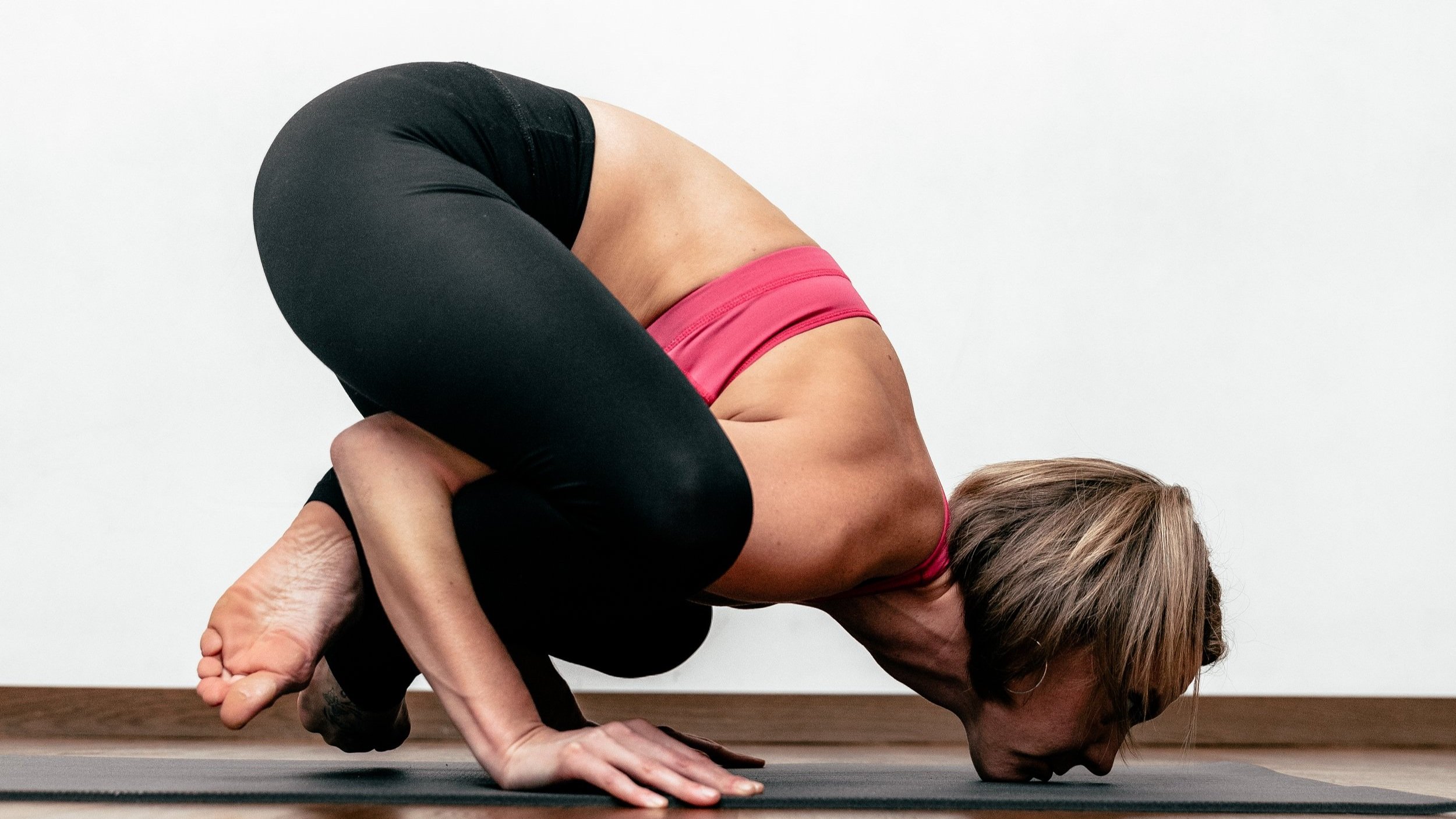Bujapidasana– 4 common mistakes and how to avoid them
Bujapidasana– 4 common mistakes and how to avoid them
Bujapidasana (arm pressing asana) is one of the peak asanas (yoga shapes) of the primary series so it’s pretty challenging, especially when trying it for the first time.
Bujapidasana requires a certain amount of flexibility in the hip joint, and strength in the wrists, shoulders and core. The beauty of the Ashtanga system means that by the time you start learning Bujapidasana you will have gained some of the necessary strength and flexibility from regularly practising earlier asanas in the series. That said it still requires some bravery (face-planting can be scary) and a little bit of technique.
As always I recommend learning this asana from your teacher rather than a video, however, I wanted to share four common mistakes I see people making with Bujapidasana how to avoid them. This video is for those who already have some experience with this asana and are looking for a bit of fine-tuning
Avoid straightening your arms
If you keep your arms straight it’s very likely your legs will slide down your arms and you’ll end up with your bum on the floor.
To avoid this first establish a firm foundation with your hands flat on the floor and fingers spread. Try to keep your elbows bent to 90 degrees and pointing back so you have a shelf to rest your legs
Don’t flex your feet
Often when practitioners get to the stage of trying to bring their feet through their arms the feet get stuck on the floor and won’t move.
Sometimes this it’s a case of building strength to lift the feet off the floor but often pointing the feet up and back can create the necessary space to bring the feel through the arms. To try this point your toes up and back and squeeze your legs around your arms. This one can take some time and patience so go slowly.
Make sure your legs aren’t too high up your arms
When you start to take your feet back, ideally you want your legs in the crook of the elbow. This means you can draw your legs back against your elbows and use the resistance created to slow the descent as the chest reaches forward.
Reach your feet back rather than your chin down
This point relates to the one above. Often practitioners try to actively reach their head or chin down to the floor making it difficult to come back up because all the weight of the body is resting on the head or chin. Maintain the action of drawing the legs back against the elbows and the chest will reach forward without any effort. This will make it easier to rest your chin lightly on the floor rather than taking your whole head down.
This is a fun asana to work on and one I enjoy teaching. Give it a try between one and three times each practice but don’t overdo it. When we get tired that we’re more likely to injure ourselves so take it slowly, practice non-attachment and enjoy your practice.


